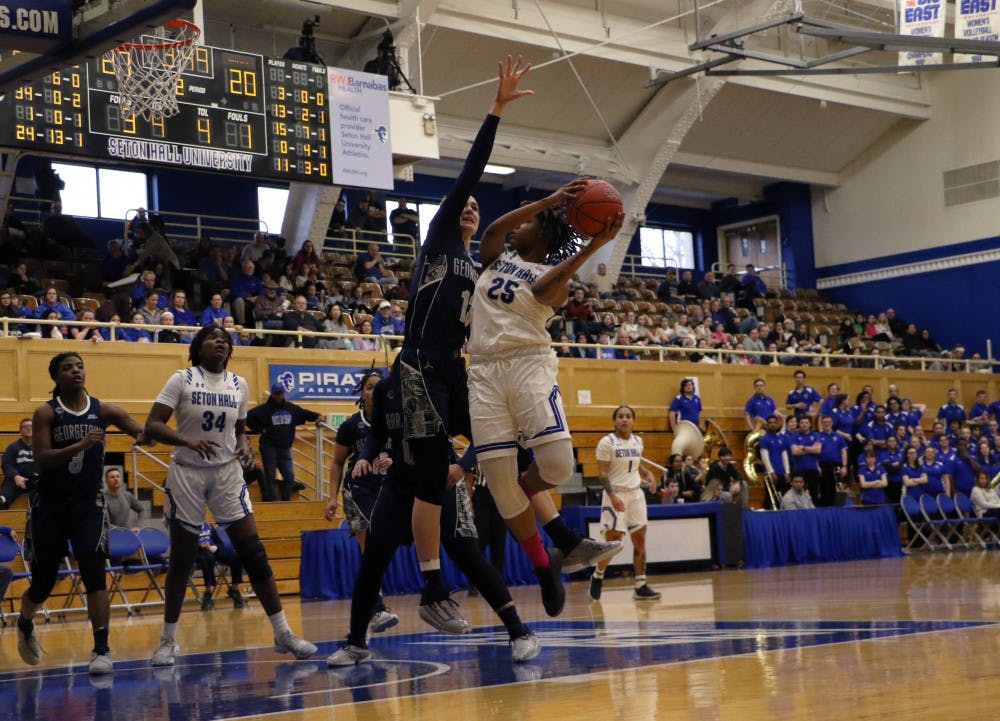Students in some classes are now able to use either e-books or Kindles to access their reading materials due to increased availability from the University and its bookstore.
E-books can be purchased from the bookstore and give students access to texts on their laptops while Kindles are portable reading devices, capable of holding thousands of books and are provided by the Teaching Learning &Technology Center free of charge for the duration of time a student is required to use them for class.
Kelly Shea, associate professor of English, said she has used both in her Journey of Transformation and Literature and Nature classes.
Shea's classes were part of a TLTC-run pilot program in 2008 to bring Kindles into the classroom.
"We wanted to try the Kindles in a teaching environment," she said. "They like to have faculty try new technology in their teaching, just to try new things out."
Shea said when she used Kindles and e-books she had mainly positive reactions from her students. However, she acknowledged there were also some downsides to using Kindles.
"They are a little hard to teach from because you can't, literally, have two books open at once because you have to close one and open another one," she said."I think Kindles are better suited to recreational reading."
Louis Maddalena is a senior who has used Kindles in classes in the past and recognizes both the positives and negatives of the technology.
"Downsides include that page numbers do not correspond with pages in paper books so if a professor wants to bring your attention to a particular page, it may be difficult to find exactly where they are talking about," he said.
He also said having this technology makes keeping up with reading easier because "you can have most of your books with you anywhere."
Mehmet Sahiner, chair and associate professor of Physics, who prefers e-books in his Principles of Physics and Introduction to Astronomy classes, said he has also heard very few complaints from his students.
"I heard only one or two negative comments in the last three years," he said. "Those were about the students' preference to read from a paper copy book instead of an electronic monitor. To my experience, students prefer e-books for content-wise easiness to use and to prepare for the exams."
Sahiner also said he prefers e-books because students can access the book website almost anywhere. He said he finds the interactive online tutorials and exercises valuable in enhancing learning.
Both Kindle texts and e-books are cheaper for students to purchase than regular text books, something that has contributed to their rise in popularity.
"E-books cost about half the price of the paper copy books," Sahiner said.
Adam Boynton, manager of the University's bookstore, initially responded to The Setonian's request for comment but did not follow-up by press time.
According to Shea, e-books and Kindles are part of the technological world in which today's students live.
"I think this is great just because that is where students are," Shea said. "They are on computers and handheld devices. It is mostly we faculty that will have to accept the change."
Shea also said that she thinks more and more professors are embracing the technology as time goes on. She said she believes "eventually, everyone will be using things like Kindles or e-books to teach."
Alyana Alfaro can be reached at alyana.alfaro@student.shu.edu.





